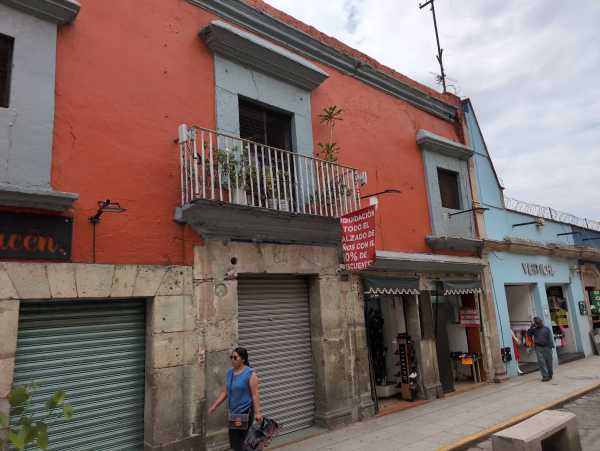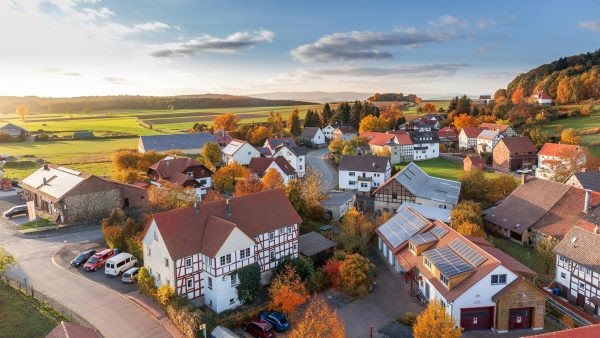Public lighting, watering of parks and gardens or analysis of air quality, etc. In the smart city environment, the management of public services relies on the massive use of technology. As a result, the quality of life of the population is improved and productivity is enhanced.
How do public services influence smart cities?
Digitalisation has a fundamental role to play in the transformation of cities into Smart Cities (without connectivity this is not possible) and in the management of these public services. In this context, the development of smart cities cannot be understood without the incorporation of new technologies in public services. Thanks to ICTs, many services stand to benefit, such as energy supply, transport and mobility control or environmental stewardship.
More and more cities are getting connected and using data analytics to manage the well-being of their citizens and engage them in city life. However, although 5G network infrastructure is already found in more than 80% of Spain, there are still certain barriers that impede the use of new technologies in the administration of these services, such as the digital divide that still remains among some population groups, such as the elderly.
Benefits of digitisation of public services
By incorporating technology in different urban areas, it is possible to improve the use of public resources and to manage state services more efficiently. Here are some examples of how the digitisation of public services benefits cities:
Public lighting
One of the actions to build a technological city is to incorporate smart street lighting. This type of metropolis strives towards sustainability, which means they incorporate LED light fixtures. Public energy saving plans include the installation of such lamps, which generate savings of around 60%. And if an intelligent management system is added, the savings multiply.
This also provides for the creation of a map with the light points, so that the fixtures can be controlled remotely. Street lighting networks are perfect for implementing IoT applications, as they serve as a support and source of information.
Dissuasive parking
Park-and-ride facilities and the technology they can incorporate are part of smart, multimodal urban mobility and complement public transport. What is more, they are a great benefit for sustainable and responsible mobility. Their main objective is to offer drivers an alternative to driving into the city centre and encourage the use of public transport.
Park-and-ride car parks in smart cities are equipped with high tech features to facilitate the user’s day-to-day, mainly by promoting the self-management of the space. They use infrared reading cameras, smart LED spotlights and software to detect number plates and link them to a parking space.
This includes the installation of sensors to detect the occupancy of a parking space. Automatically, a red light comes on, and when it becomes free, the light turns green, which is already common in all types of car parks.
Smart irrigation of parks and gardens
As indicated in a study carried out by the Polytechnic University of Madrid, the irrigation of urban parks and gardens accounts for almost60% of the water consumption in cities in arid and semi-arid climates. Faced with increasing water needs, more and more cities are opting to install smart irrigation systems.
These irrigation systems aim to minimise the water needs of plants through sensors that measure parameters such as temperature, solar radiation, wind direction, precipitation rate and atmospheric pressure. In addition, they aim to improve sustainability, ensuring the rationalisation of water use and environment stewardship.
Air quality monitoring
More than three and a half million people die each year worldwide as a result of air pollution, according to the World Health Organisation (WHO). Pollution levels in overcrowded urban areas are 80% higher than those recommended by the international health organisation.
Artificial Intelligence, data analysis and the Internet of Things implemented in smart city models open up new possibilities for monitoring and reducing pollution levels. The installation of digital tools and smart sensors in public infrastructures such as the lighting network allows for real-time environmental data and air quality analysis. Finally, there is the option to integrate cameras, 3D scanners to measure traffic, or environmental sensors to monitor noise levels or pollution.
These technologies can also provide an accurate forecast of air quality for the next 24 to 48 hours, as well as analyse traffic behaviour parameters or the city’s energy consumption levels.









